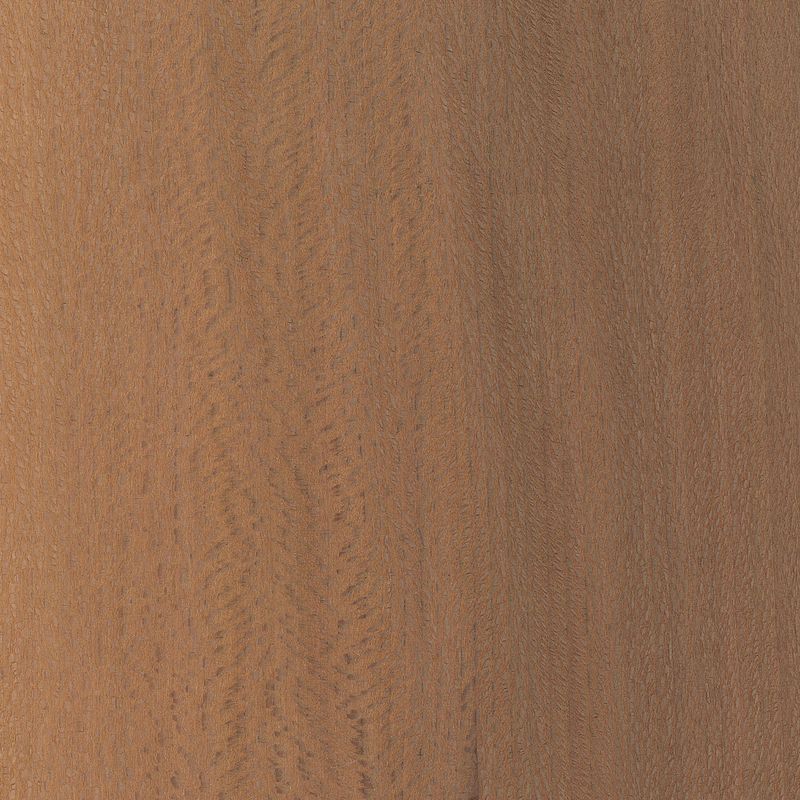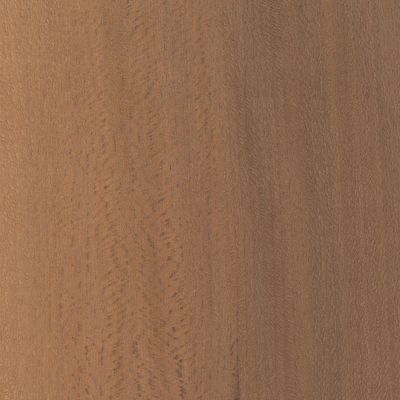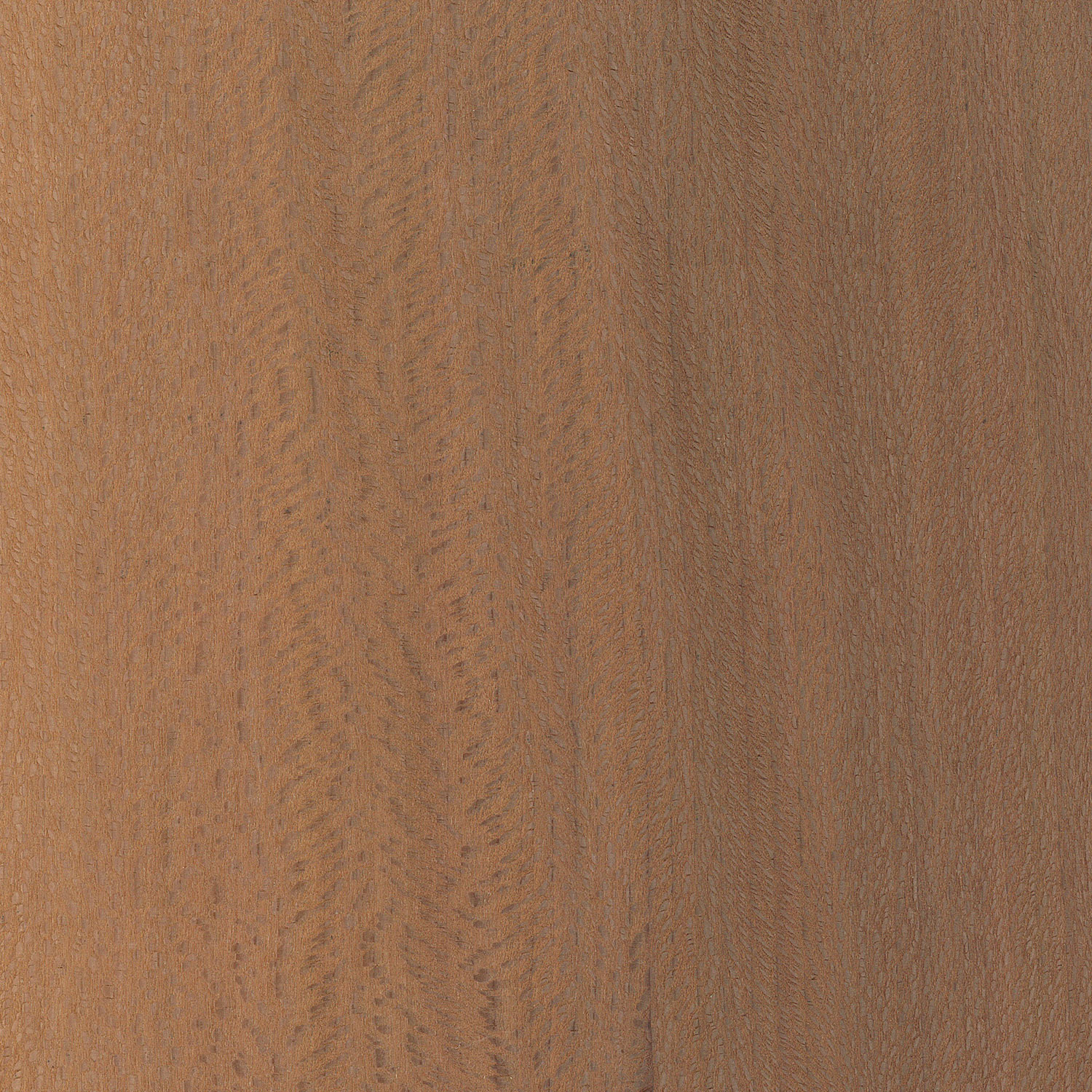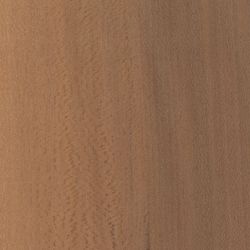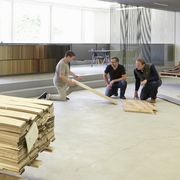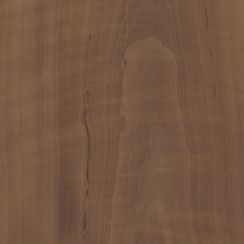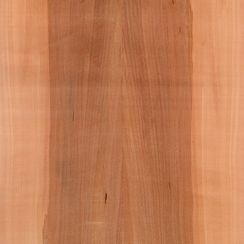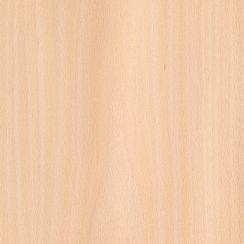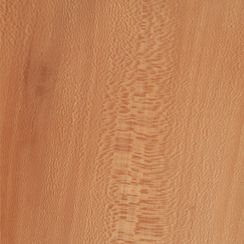Make an appointment at our concept.room for your individual project consulting
Veneer Lacewood smoked european
BackSince ammonia may still be bound in the cell walls of the smoked wood in isolated cases, it is recommended to allow the veneer sheets to air well (approx. 3 - 4 hours) after cutting them to width and before joining them together. This allows clean joint gluing without any problems.
Detailed Description
A large tree that reaches heights of up to 30 m and diameters of up to 120 cm. The shaft is well grown and knotless up to 8 m.
Tradenames and other names
Bot. Name: Platanus spp.
Tradename De: Morgenländische Platane, Platane
Tradename En: European Plane, Plane
Properties
Raw density: 610 - 630 Kg/m3
Occurrence
The plane tree is widespread throughout Europe with the exception of the north and northeast.
It is also common in North America and Asia.
Characteristic and wood color
Sapwood and heartwood are not sharply separated. The sapwood is not very wide and slightly lighter than the heartwood, which is reddish to pale brown, although some trunks may have a darker heart. When the wood is steamed, it has a wine-red colour when freshly cut, which later darkens to brownish. When cut in quarters, a vivid reddish-brown pattern appears on the light background. The wood is then very decorative.
